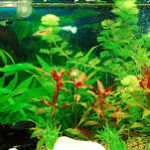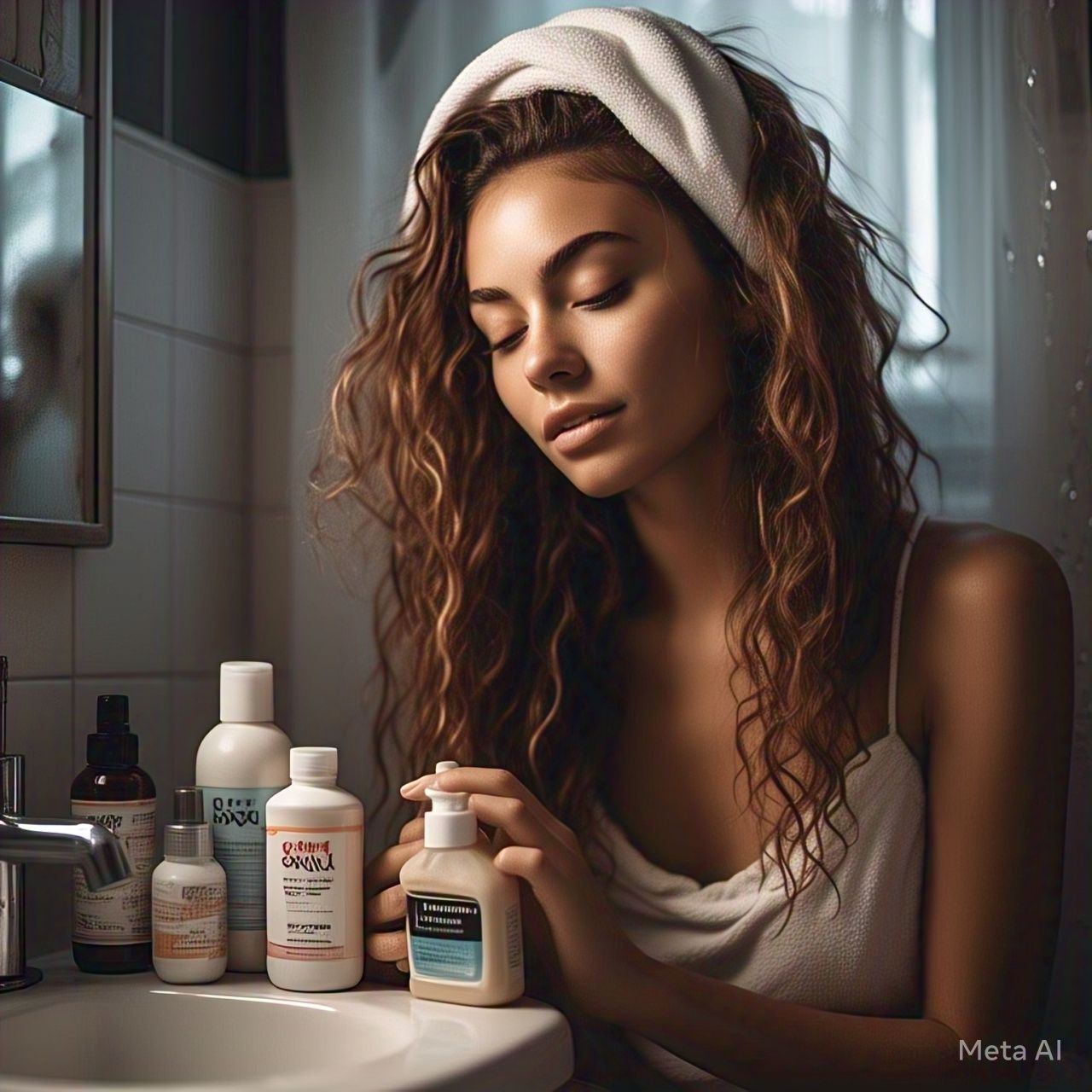Understanding Hair Damage and the Role of Conditioners
What Causes Hair Damage?
Hair damage is a common issue faced by many individuals, regardless of age or hair type. Several factors contribute to weakened, brittle, or frizzy hair. Excessive heat styling, chemical treatments such as coloring or perming, and environmental stressors like sun exposure and pollution can strip hair of its natural moisture. Additionally, improper hair care routines, including harsh shampoos and rough towel drying, can further exacerbate damage. Over time, the hair cuticle—the outer protective layer—becomes raised and broken, leading to split ends, breakage, and dullness.
How Conditioners Help Repair Damaged Hair
Conditioners play a crucial role in restoring hair health by replenishing lost moisture, smoothing the cuticle, and providing essential nutrients. Unlike shampoos, which cleanse the scalp and hair, conditioners are formulated to nourish and protect. They contain ingredients such as proteins, natural oils, and silicones that penetrate the hair shaft, repairing damage from within. Regular use of a high-quality conditioner can improve elasticity, reduce frizz, and enhance shine. For those with severely damaged hair, deep conditioning treatments or leave-in conditioners offer an extra layer of protection and hydration.
Key Ingredients to Look for in Repairing Conditioners
Not all conditioners are created equal. To effectively repair damaged hair, certain ingredients should be prioritized. Keratin, a protein naturally found in hair, helps rebuild the hair structure and strengthen weak strands. Argan oil and coconut oil are excellent moisturizers that prevent dryness and add a healthy sheen. Panthenol (provitamin B5) improves hair elasticity, reducing the risk of breakage. Additionally, silicones like dimethicone create a protective barrier around each strand, locking in moisture and smoothing frizz. Avoiding sulfates and parabens is also advisable, as these harsh chemicals can further strip hair of its natural oils.
Choosing the Right Conditioner for Your Hair Type
Different hair types require different formulations for optimal repair. Those with fine hair should opt for lightweight conditioners that provide moisture without weighing hair down. Thick or curly hair benefits from richer, cream-based conditioners that offer intense hydration. Color-treated hair requires sulfate-free options to preserve vibrancy, while chemically processed hair may need protein-rich treatments to restore strength. Understanding one’s hair type and specific concerns is essential in selecting the most effective conditioner for damage repair.
Top-Rated Conditioners for Different Hair Concerns
Best Conditioners for Dry and Brittle Hair
Dry, brittle hair often lacks moisture and is prone to breakage. Conditioners infused with natural oils like shea butter, jojoba oil, and avocado oil are highly effective in restoring hydration. Products such as Moroccanoil Moisture Repair Conditioner and OGX Coconut Miracle Oil Conditioner are popular choices, known for their deep nourishing properties. These formulations help seal moisture into the hair shaft, leaving strands soft and manageable.
Revitalizing Conditioners for Heat-Damaged Hair
Frequent use of hot tools like flat irons and curling wands can lead to significant heat damage. Heat-protective conditioners containing ingredients like keratin and argan oil can help repair the harm caused by high temperatures. The Olaplex No. 5 Bond Maintenance Conditioner is a top-rated option, as it works at a molecular level to rebuild broken bonds in the hair. Similarly, the Redken Extreme Anti-Snap Conditioner strengthens hair, reducing snap-offs caused by excessive styling.
Repairing Conditioners for Chemically Treated Hair
Chemical treatments such as bleaching, perming, or relaxing can weaken hair, making it more susceptible to damage. Protein-rich conditioners like the Joico K-Pak Reconstructor help restore structural integrity by filling in gaps in the hair cuticle. For color-treated hair, sulfate-free options like Pureology Hydrate Conditioner ensure that color lasts longer while providing deep hydration.
Solutions for Frizzy and Unmanageable Hair
Frizzy hair is often a result of raised cuticles that allow moisture to escape. Smoothing conditioners containing silicones or natural smoothing agents like aloe vera can tame flyaways and enhance shine. The Briogeo Don’t Despair, Repair! Conditioner is a favorite among those with frizzy hair, thanks to its blend of rosehip oil and B vitamins. Another excellent choice is the Living Proof No Frizz Conditioner, which uses patented technology to combat humidity-induced frizz.
How to Use Conditioners for Maximum Damage Repair
Proper Application Techniques for Deep Conditioning
Applying conditioner correctly is just as important as choosing the right formula. Many people make the mistake of piling conditioner onto their roots, which can lead to greasiness and weighed-down hair. Instead, focus on the mid-lengths to ends, where damage is most prevalent. After shampooing, gently squeeze excess water from the hair before applying a generous amount of conditioner. Using a wide-tooth comb can help distribute the product evenly, ensuring every strand gets the nourishment it needs. For deep conditioning treatments, leaving the product in for 5-10 minutes—or as directed—allows key ingredients to penetrate the hair shaft effectively.
The Benefits of Leave-In Conditioners and Hair Masks
While rinse-out conditioners are essential for daily maintenance, leave-in conditioners and hair masks provide an extra boost of hydration and protection. Leave-in conditioners, such as the It’s a 10 Miracle Leave-In Conditioner, are lightweight and ideal for detangling, heat protection, and added shine. Hair masks, like the SheaMoisture Manuka Honey & Yogurt Hydrate + Repair Treatment, are thicker and designed for intensive repair. These should be used once or twice a week, depending on hair damage levels. Applying a mask to damp hair and covering it with a warm towel can enhance absorption, leaving hair noticeably softer and stronger.
Common Mistakes That Reduce Conditioner Effectiveness
Even the best conditioners can fail to deliver results if used incorrectly. One common mistake is rinsing with hot water, which can strip away moisture and cause further damage. Lukewarm or cool water is ideal for sealing the hair cuticle and locking in hydration. Another error is using too much product, which can lead to buildup, making hair look limp and greasy. Conversely, using too little may not provide enough nourishment for severely damaged strands. Additionally, skipping regular trims while relying solely on conditioners can prevent true repair, as split ends will continue to travel up the hair shaft.
How Often Should You Condition Your Hair?
The frequency of conditioning depends on hair type and level of damage. Those with dry or curly hair may benefit from daily conditioning, while individuals with fine or oily hair might find that every other day is sufficient. Deep conditioning treatments should be incorporated weekly for damaged hair, whereas healthy hair may only need them biweekly. Paying attention to how hair responds is key—over-conditioning can lead to product buildup, while under-conditioning may leave hair parched and prone to breakage.
Natural and DIY Alternatives for Hair Repair
Homemade Conditioner Recipes for Damaged Hair
For those who prefer natural solutions, DIY conditioners can be an effective and affordable alternative. A simple yet powerful recipe includes mashed avocado, honey, and coconut oil—all known for their deep-moisturizing properties. Another option is an egg and olive oil mask, which provides protein and fatty acids to strengthen hair. Banana and yogurt blends are also popular for their ability to smooth frizz and add shine. These treatments should be left on for 20-30 minutes before rinsing thoroughly with cool water to avoid cooking egg residues.
Essential Oils and Their Role in Hair Repair
Essential oils can enhance the effectiveness of both commercial and homemade conditioners. Rosemary oil stimulates hair growth and improves circulation to the scalp, while lavender oil soothes irritation and promotes healthy follicles. Peppermint oil provides a refreshing tingle that can invigorate dormant hair roots. Adding a few drops of these oils to a carrier oil like jojoba or almond oil creates a nourishing pre-shampoo treatment. However, essential oils should always be diluted and patch-tested to prevent allergic reactions.
Lifestyle Changes to Support Hair Health
While conditioners play a vital role in damage repair, overall hair health is influenced by lifestyle choices. A diet rich in vitamins A, C, D, and E, along with biotin and omega-3 fatty acids, supports strong, shiny hair. Staying hydrated and minimizing stress also contribute to reduced hair fall and improved texture. Additionally, protecting hair from environmental aggressors—such as wearing a hat in the sun or using a silk pillowcase to reduce friction—can prevent further damage.
Final Thoughts on Maintaining Healthy, Rejuvenated Hair
Achieving healthy hair is a combination of using the right products, adopting proper hair care techniques, and making mindful lifestyle choices. Investing in high-quality conditioners tailored to specific hair needs ensures long-term repair and protection. Whether opting for store-bought solutions or natural remedies, consistency is key. By understanding the causes of damage and implementing a holistic approach, anyone can restore their hair’s vitality and enjoy smoother, stronger, and more radiant locks.










